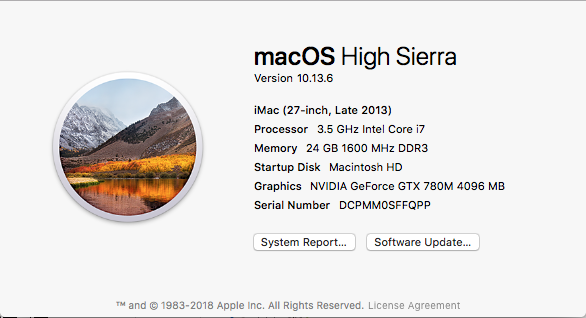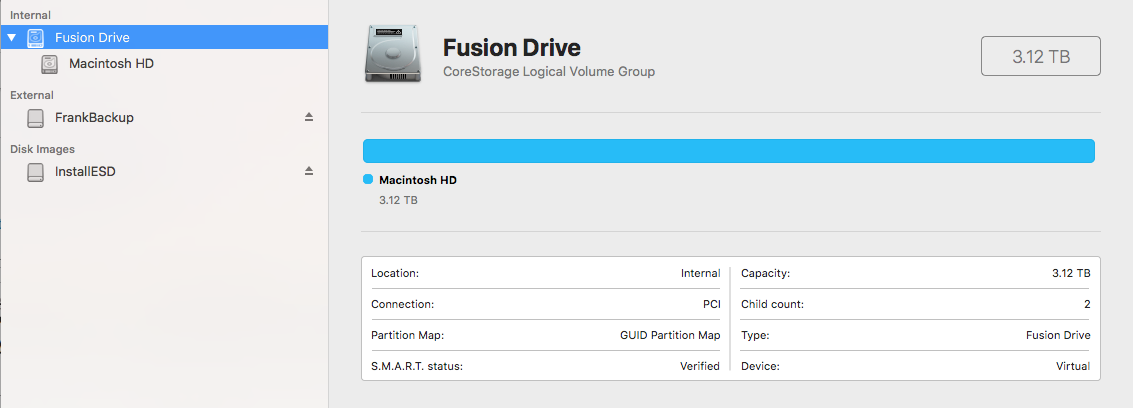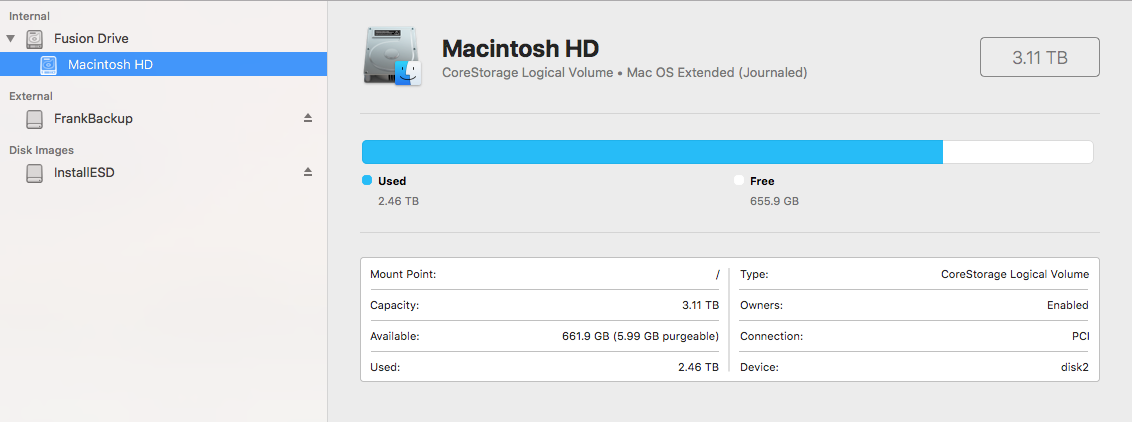I'll try to make this short and organized.
TLDR: installed Mojave twice, one time less than perfectly and on time after completely wiping my computer, and both times, it took about 10 minutes to boot, had a hard time connecting bluetooth keyboard and mouse, the wi-fi symbol had a X and said there was no hardware (so impossible to use), and everything was unbearably slow. Completely unusable. Here are my computer specs :



Full story :
On Thursday I wanted to install Mojave on my mac. I downloaded the software and proceeded to the installation. At some point, it told me that "Mojave could not be installed on this computer". I found it weird, so I cancelled the download. But then I decided to try again. No message this time.
The Mojave installer was working, and soon restarted. The Black Screen with apple logo and loading bar appeared and everything seemed to go well. The bar then stayed stuck at about 60% with the message "calculating time remaining". I decided to leave my house and come back when it would be completed. I came back 3 hours later, AND THE BAR WAS STILL STUCK at the same place. I left it for an hour more. I didn't move. So I decided to unplug the computer.
It restarted in a boot loop, until it started on the Bootcamp side, where the was only a blue screen saying "REPAIR YOUR PC". SO I put my mac in recovery mode. I then procedeed to reinstall Mojave from there. That time, it completed the installation. It finally booted "normally", but it took FOREVER to get to the password screen. About 15 minutes.
Then, it took me about 6-7 minutes to get the bluetooth mouse and keyboard working. Then, I clicked on my profile, and it took another 4 minutes so that my profile picture would get to the center and the text box would appear. Then I FINALLY managed to log in. Once logged in, the computer was "working". I could move my mouse freely, select folders, etc. But every time I would actually open something, it would take ages. The wifi had an X over it and said " no hardware found". In the network preferences, it took about 6 minutes for the menu items to appear. I plugged an Ethernet too, and none of the connexions would work. It was also impossible to make an external hard drive work. I managed to get them connected for 10 seconds at most from the Disk Utility.
As suggested online, I reseted PRAM and SVC, to no avail. No changes at all. I started in safe mode. Nothing. I did this for quite a while, before finally deciding to wipe my iMac entirely and start again. So I went in internet recovery mode and in Disk Utility. There, it told me that my drive was no longer FUSION, and that it had to be reassembled. I said yes, and then proceeded to reinstall Mavericks. It went perfectly. Quick and everything. From Mavericks, installed High Sierra. No problems. Wifi and everything. Then made a migration from my Time Machine. No problems at all, everything had come back to normal.
I wondered if the fact that I had disconnected the computer while installing had caused all these problems, so I figured I could reinstall Mojave from scratch and see.
But, ALL the same problems reappeared. 10 minutes booting time, broken bluetooth, no wifi, unbearably slow. Had to to all the process again to get back to where I was with High Sierra.
SO, do you guys think I did something wrong somewhere? Should I have prepared my mac in any way before? It's still quite a powerful iMac, I don't see why it wouldn't support it!
Thanks!
TLDR: installed Mojave twice, one time less than perfectly and on time after completely wiping my computer, and both times, it took about 10 minutes to boot, had a hard time connecting bluetooth keyboard and mouse, the wi-fi symbol had a X and said there was no hardware (so impossible to use), and everything was unbearably slow. Completely unusable. Here are my computer specs :



Full story :
On Thursday I wanted to install Mojave on my mac. I downloaded the software and proceeded to the installation. At some point, it told me that "Mojave could not be installed on this computer". I found it weird, so I cancelled the download. But then I decided to try again. No message this time.
The Mojave installer was working, and soon restarted. The Black Screen with apple logo and loading bar appeared and everything seemed to go well. The bar then stayed stuck at about 60% with the message "calculating time remaining". I decided to leave my house and come back when it would be completed. I came back 3 hours later, AND THE BAR WAS STILL STUCK at the same place. I left it for an hour more. I didn't move. So I decided to unplug the computer.
It restarted in a boot loop, until it started on the Bootcamp side, where the was only a blue screen saying "REPAIR YOUR PC". SO I put my mac in recovery mode. I then procedeed to reinstall Mojave from there. That time, it completed the installation. It finally booted "normally", but it took FOREVER to get to the password screen. About 15 minutes.
Then, it took me about 6-7 minutes to get the bluetooth mouse and keyboard working. Then, I clicked on my profile, and it took another 4 minutes so that my profile picture would get to the center and the text box would appear. Then I FINALLY managed to log in. Once logged in, the computer was "working". I could move my mouse freely, select folders, etc. But every time I would actually open something, it would take ages. The wifi had an X over it and said " no hardware found". In the network preferences, it took about 6 minutes for the menu items to appear. I plugged an Ethernet too, and none of the connexions would work. It was also impossible to make an external hard drive work. I managed to get them connected for 10 seconds at most from the Disk Utility.
As suggested online, I reseted PRAM and SVC, to no avail. No changes at all. I started in safe mode. Nothing. I did this for quite a while, before finally deciding to wipe my iMac entirely and start again. So I went in internet recovery mode and in Disk Utility. There, it told me that my drive was no longer FUSION, and that it had to be reassembled. I said yes, and then proceeded to reinstall Mavericks. It went perfectly. Quick and everything. From Mavericks, installed High Sierra. No problems. Wifi and everything. Then made a migration from my Time Machine. No problems at all, everything had come back to normal.
I wondered if the fact that I had disconnected the computer while installing had caused all these problems, so I figured I could reinstall Mojave from scratch and see.
But, ALL the same problems reappeared. 10 minutes booting time, broken bluetooth, no wifi, unbearably slow. Had to to all the process again to get back to where I was with High Sierra.
SO, do you guys think I did something wrong somewhere? Should I have prepared my mac in any way before? It's still quite a powerful iMac, I don't see why it wouldn't support it!
Thanks!

